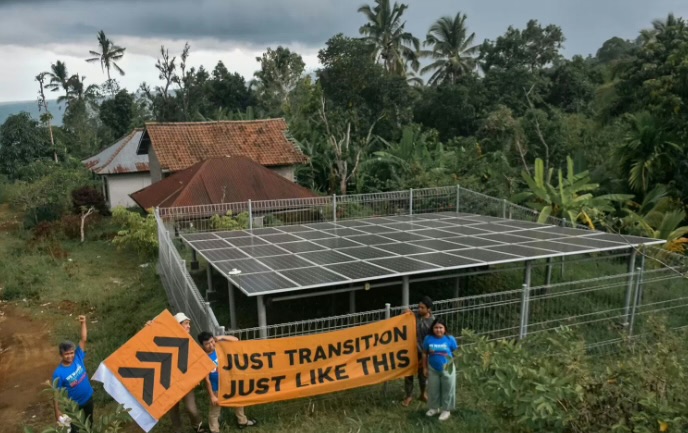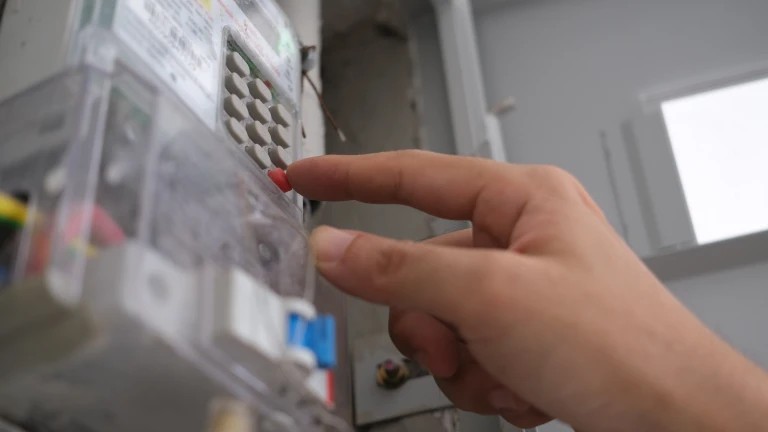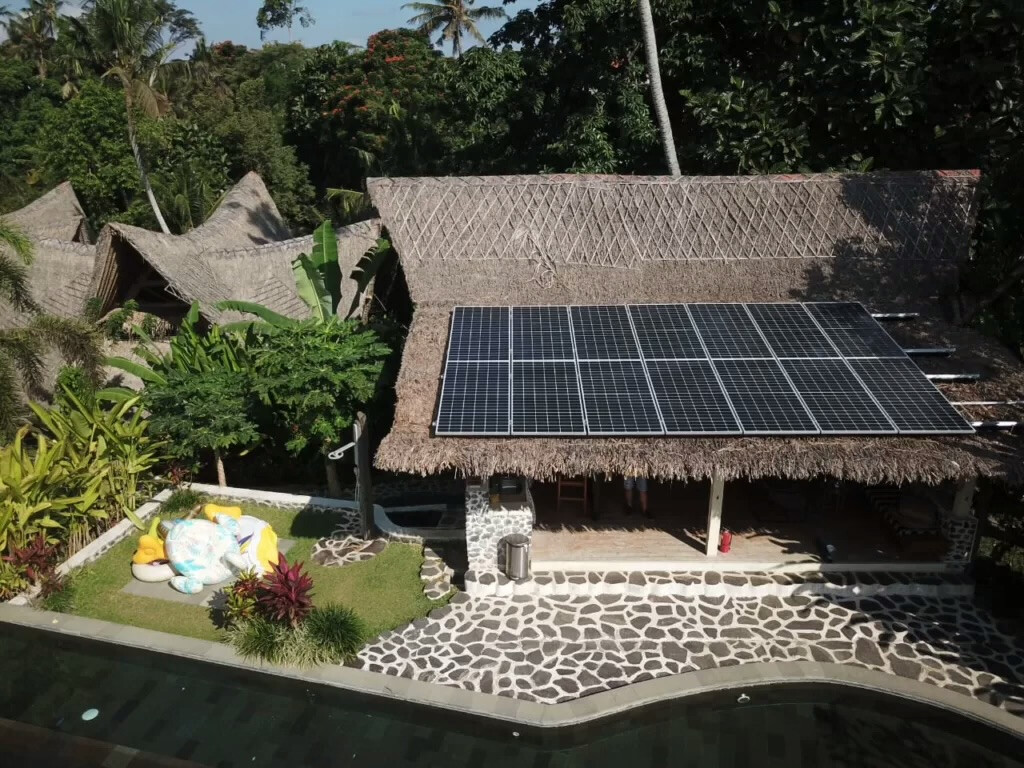On May 2nd, a massive blackout occurred in Bali, sparking sharp criticism from local authorities. Agung Bagus Pratiksa Linggih, the head of the Regional People's Representative Council (DPRD), declared that the company PT PLN (Persero) should be held accountable for the losses, especially in key sectors such as tourism, hospitals, and public services.

Linggih noted that the power outage, which lasted more than 12 hours and continued into the next day, was a result of negligence and negatively impacted the region's economy. He proposed PLN offer a 50% discount on electricity for six months as compensation for the damage. The losses incurred by society are divided into direct and total damages, which cannot be compensated with simple apologies.
Bali lacks energy independence due to two factors: the overproduction of electricity in Java and PLN's policy of using Bali's revenues to subsidize other regions.
According to Ministerial Regulation of the Minister of Energy and Mineral Resources No. 18 of 2019, the compensation scheme for electricity outages is regulated at the central government level.
In response to demands for discounts and compensation, PLN stated that this is beyond their control and depends on decisions by the central government. The company also reported that it is still awaiting the results of investigations into the outage's cause to determine whether the incident was due to force majeure or technical malfunction.
The outage began on May 2nd at 16:00, with power restoration only occurring the next day at 03:30. Short-term outages continue in some areas of the island as PLN conducts technical work. More than 150 complaints have been filed with the Consumer Protection Fund (YLPK) by farmers and business owners. For example, all livestock perished on one poultry farm, while carp worth up to 200 million rupiahs were lost by others. Consumer protection legislation allows for class action lawsuits if damages were caused by inadequate service quality. YLPK is preparing a letter to PLN, and in case of refusal of compensation, the matter will be taken to court.

Bali's Deputy Governor I Nyoman Giri Prasta believes that the solution to the problem is the island's energy independence. This is particularly important as studying the conditions of the cables between Bali and Java for safety is complex and not feasible in full.
The main issues, according to Prasta, lie in the dependence on fossil fuel sources and centralized systems. If the situation does not change, power outages will recur.
The Bali government is taking steps to address the issue, including collaborating with various organizations to install solar panels. Research by Greenpeace Indonesia and CORE Udayana University show that Bali has enormous solar energy potential. About 98% of renewable energy sources in Bali come from the sun. The intensity of sunlight in Bali is twice that of European standards.
Bali's total solar energy potential is 113,000 GWh per year, while the island's electricity needs in 2027 will only be 10,000 GWh. Alternatives to solar panels are being considered, such as wind energy (potential of 1000 MW) and geothermal resources (262 MW).
The topic of nuclear energy is not overlooked. The industry became a subject of discussion at a meeting between Indonesia and Russia. In April, at the Russian-Indonesian business forum, the head of the Center for Nuclear Reactor Research, Topan Setiadipura, talked about Indonesia's opportunities to use nuclear energy for economic growth without harming the environment.
Indonesia plans to introduce its first 500 MW nuclear power plant between 2030 and 2034. Alternatively, small modular reactors (SMR) or floating reactors may be used, which is important for a country consisting of many islands.



You can add one right now!